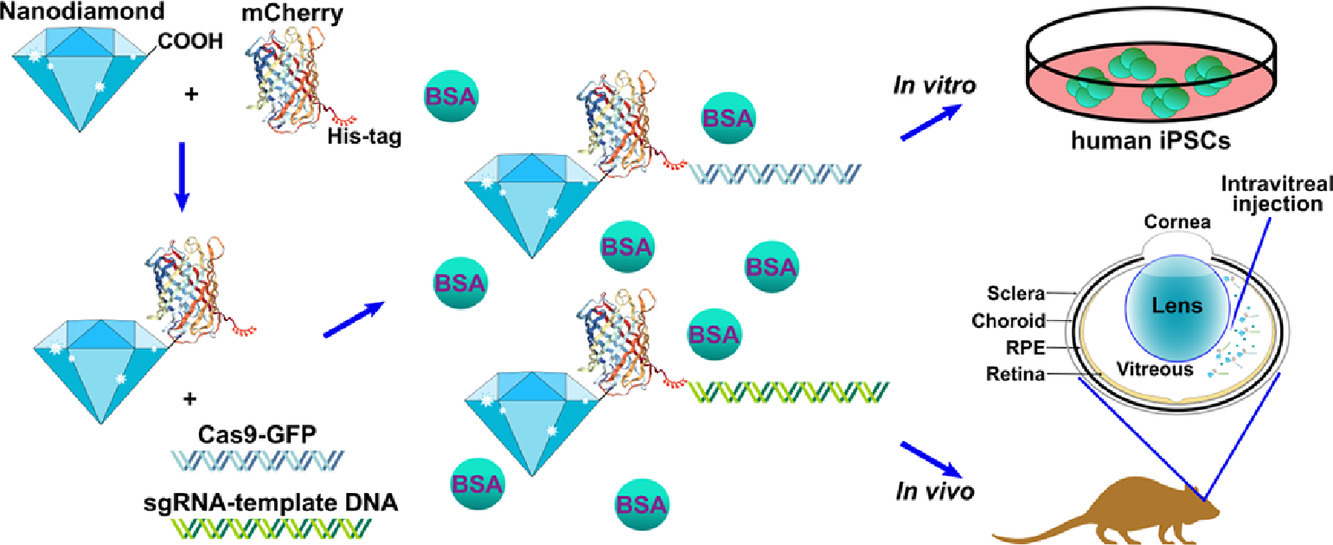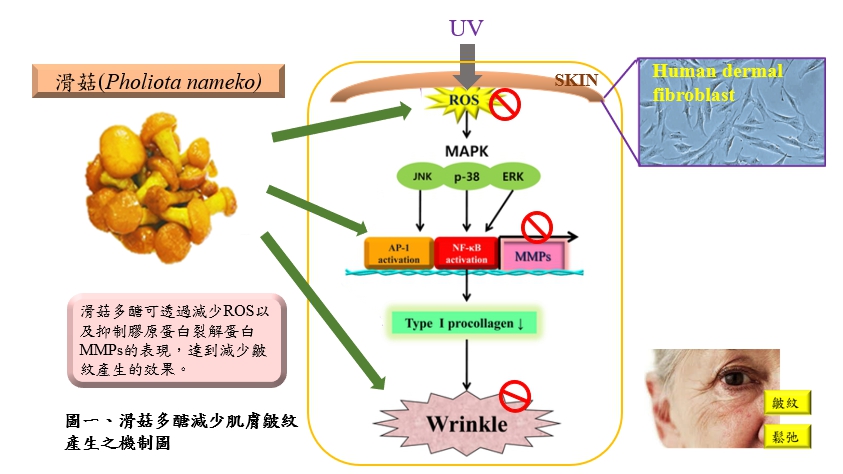| Technical Name | Innovative microbial genome engineering technology for producing bio-derived chemical FDCA | ||
|---|---|---|---|
| Project Operator | National Tsing Hua University | ||
| Project Host | 胡育誠 | ||
| Summary | We successfully developed a method to genetically engineer P. putida S12 for FDCA production by coupling CRISPRl-Red recombineering. Our method efficiently induced double-stranded breaks (DSBs) at predetermined sitesimultaneously integrated the foreign cassette into all chromosomes of P. putida S12 in a single step, thus generating stable cells with extremely high efficiency. In addition, we discovered the key enzymes HMFH, HMFOHMFT1 that are able to robustly convert biobased HMF to FDCA. Cointegration of these enzymes into the genome of P. putida S12simultaneous supplementation of MnO2CaCO3 drastically improve the cell tolerance to HMFsignificantly enhance FDCA production. The engineered P. putida S12 enables |
||
| Scientific Breakthrough | "(1) We discovered that P. putida S12 lacks DNA repair machinery, which results in the failure of integrating foreign gene into the genome. (2) We couple CRISPR/Casl-Red recombinase to enhance the integration of heterogenous enzyme into all copies of P. putida chromosome with extremely high efficiencyfrequency. (3) We discovered the key enzymes HMFH, HMFOHMFT1 that can convert biobased HMF to FDCA efficiently. (4) Cointegrating HMFHHMFT1, a transporter for HMF derivatives, facilitated the cell to uptakeconvert HMF to 30.6 g/L FDCA in a day, reaching conversion yield of 78. (5) Our method successfully alleviates the bottleneck of FDCA production in P. putida S12. The production titer outduels other tiers reporte |
||
| Industrial Applicability | FDCA (2,5-furandicarboxylic acid) is one of top 12 value-added bio-derived chemicals that can be used in numerous chemical processes, especially as a precursor for polymer synthesis. The similarity of FDCA structure to terephthalic acid (TPA) makes it potential for replacing TPA in PET productionthus, demanding its huge market size (~850 million USD in 2025). FDCA could be chemically converted from HMF (5-hyroxymethylfurfural), but the process requires high temperature/pressure, toxic solventmetal-based salt that is environmentally harmful. Additionally, the process usually produces not only FDCA but also many byproducts, which need further expensive purification process. Our engineered microorganism can overcome all these aforeme |
||
| Keyword | Biomass Chemical Whole-cell biotransformation Green Chemistry Net Zero Emissions | ||
- Contact
- Ting An Dai
- a0978356735@gmail.com
other people also saw







